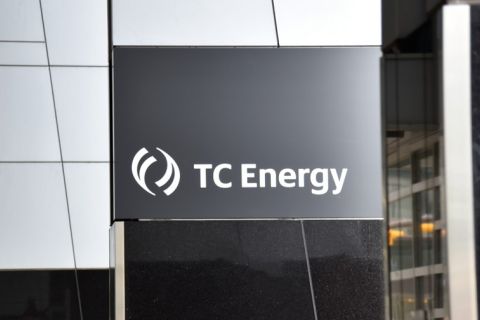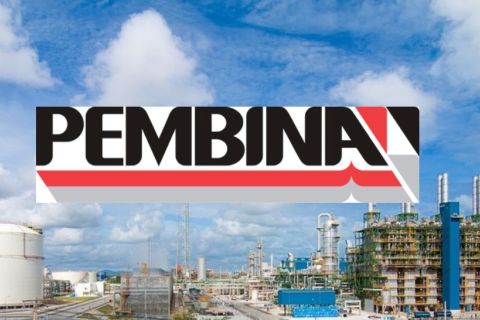From London (MT): The usual crop of buzz words and catchphrases came to the fore at the MCE Deepwater Development event in London this week, but there was substance to back up the rhetoric.
Sitting through sessions where ‘collaboration’, ‘standardisation’ and ‘driving value’ made frequent appearances, as at the recent Subsea Expo in Aberdeen, what was apparent was that those using these words were experienced hands who have been through these oil industry cycles and come out the wiser. So their words carry weight.
Paul Hillegeist of organiser Quest Offshore Resources gave a quick overview of the current subsea and offshore market. The key challenge for the industry, he said, is to ‘maximise the value of every barrel of oil equivalent’. He flagged up the economics of deepwater projects as an area of major concern. This includes the cost of fps topsides, which have been driving up floater costs and adding to increased project delays.
Hillegeist also pointed out the current drop-off in exploration which means a reduced backlog of discoveries to develop post-2021. Exploration will need to pick up over the next five years, he said, to drive developments.
An interesting delegate vote saw the audience highlight West Africa as the number one hotspot for long term project activity, with nearly 60% voting for it. This is quite a change from last year’s vote when Brazil was the favoured hotspot.
Karl Wetherell of BP’s eastern region of its Global Subsea Hardware organisation outlined efforts to multi-task its subsea engineers.
GSH, formed in 2011, covers everything from wellheads, trees and manifolds to controls, umbilicals and services. This cross-system approach tackles subsea concept development engineering for pre-defined projects with fewer than 25% of GSH employees dedicated to any one site. This, said Wetherell, provides approximately 30% efficiency over a ‘project dedicated’ model, and also issued a ‘single voice to the subsea suppliers’.
This model is backed up with hard cash. GSH stewarded $1.2bn in capital in 2014 and that figure will be higher in 2015, Wetherell said.
He also noted standardisation initiatives, such as post-FEED efforts on subsea xmas trees on one Egyptian project which used the same tree components, materials, engineering and quality requirements as on its Trinidad trees.
One mega-project currently underway, Inpex’s 340bcm Ichthys (SEN, 31/x) floater-to-LNG development off Western Australia, was the subject of a talk about collaboration by the project manager Louis Bon.
Bon knows about high-profile projects. On secondment from partner Total, he was responsible for managing several deepwater projects, including Pazflor, offshore Angola.
According to Bon, it’s all about having an integrated team in order to overcome the major HSE and logistical challenges of a global project like Ichthys. He highlighted that the project has equipment being built in South Korea, Thailand, China, the Philippines, Indonesia, Singapore and Malaysia.
‘We have a meeting in Perth every year ... to foster that team approach,’ he said.
Ichthys is more than 64% complete with the 7,000t turret for the fpso being inserted at present and the seabed riser support structure recently installed. Deepwater pipelay is expected to be complete by the end of this year. Two semis are drilling development wells – Ensco 5006 and Jack Bates.
Bon described Ichthys as ‘a very significant subsea installation,’ with more than 30,000t of equipment to be installed on the seabed.
The semi central processing facility (CPF) is not small either. With topsides weighing in at around 70,000t, it is actually due to be about 70% heavier than the next heaviest topsides facility – BP’s Thunder Horse which came in at a ‘mere’ 40,000t.
Bon justified this leap in weight, compared to other facilities, outlining how partners had decided on a robust design life for the CPF that would last for the full 40-year life of field while able to withstand cyclones while on-station.
Another option not chosen was going for a 25-year design life followed by brownfield upgrades, revamps, heavy maintenance programmes, et al, which was seen as not desirable due to the lack of clarity over future expense.
DEEPWATER MUSINGS: BP floater specialist Guy Drori pointed out that there have been 107 mooring incidents related to 73 facilities across the offshore industry between 1997 and 2012. These were incidents of either a total failure or replacement required.
The culprit in most cases was damage in the splash zone close to the floating facility or on the seabed at the touchdown point. Drori pointed out damage was often caused by poor handling of equipment during transportation or installation, leading to early failure.
Ronald Doherty of INTECSEA - another experienced hand - said cutting costs in the engineering phase causes more expense later or a lower net present value than would otherwise have been achieved. In one generic example he estimated the loss in NPV of around $2bn over a project’s total life.
From an operator’s perspective, Martijn Dekker of Shell said that a ‘big opportunity being missed is efficiency in fabrication’. There is a big gain to be had there, Dekker said, before he turned on the installation contractors saying there could be a ‘huge gain in efficiency in these areas’.
Dekker did go on to stress the importance for operators and contractors to better understand each other in the current climate. This includes better understanding by operators of what contractors can provide. ‘This means having a dialogue. What are we paying for, and what are we getting?’
Another ‘old’ hand, David Bloom of Subsea 7, was in agreement on this as well. ‘Operators genuinely want to listen to contractors from what we hear. If we do not do it now...we never will.’
Recommended Reading
Early Startup of Trans Mountain Pipeline Expansion Surprises Analysts
2024-04-04 - Analysts had expected the Trans Mountain Pipeline expansion to commence operations in June but the company said the system will begin shipping crude on May 1.
TC Energy's Keystone Oil Pipeline Offline Due to Operational Issues, Sources Say
2024-03-07 - TC Energy's Keystone oil pipeline is offline due to operational issues, cutting off a major conduit of Canadian oil to the U.S.
TC Energy’s Keystone Back Online After Temporary Service Halt
2024-03-10 - As Canada’s pipeline network runs full, producers are anxious for the Trans Mountain Expansion to come online.
For Sale? Trans Mountain Pipeline Tentatively on the Market
2024-04-22 - Politics and tariffs may delay ownership transfer of the Trans Mountain Pipeline, which the Canadian government spent CA$34 billion to build.
Pembina Pipeline Enters Ethane-Supply Agreement, Slow Walks LNG Project
2024-02-26 - Canadian midstream company Pembina Pipeline also said it would hold off on new LNG terminal decision in a fourth quarter earnings call.



